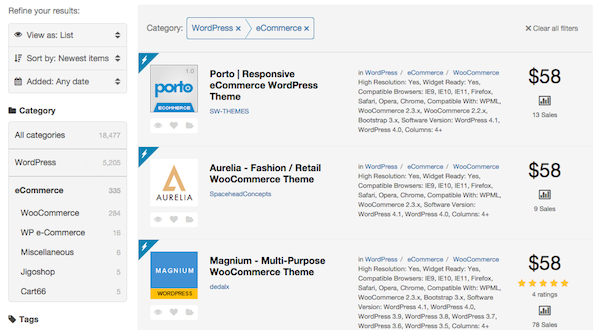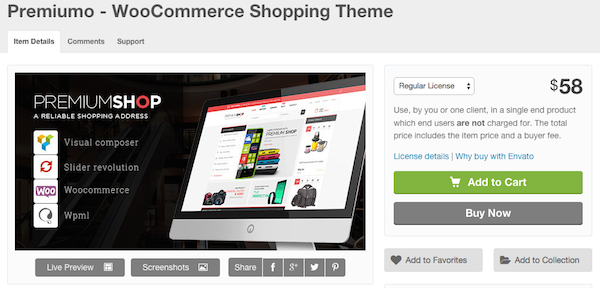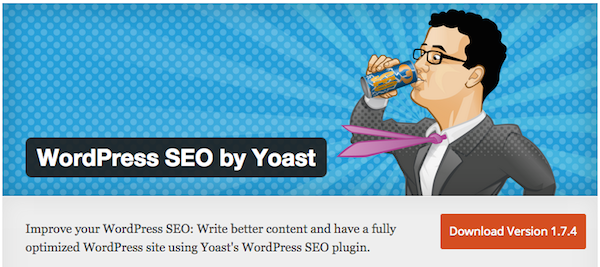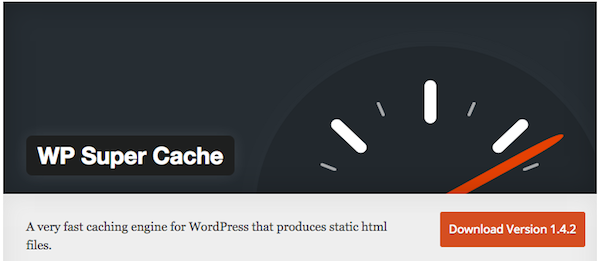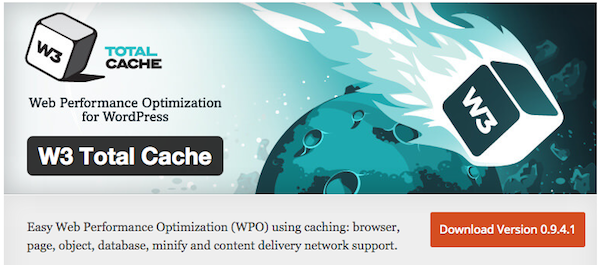So you’re finally ready to take the plunge and launch your own ecommerce business? Awesome! There are a lot of online store builders out there like Shopify, SquareSpace, and these, but if you’d like to set up your own hosted ecommerce store, then wordpress is the way to go.
Below, I’ve put together the few easy steps that you need to take to create a online store using wordpress. Let me know if you have any questions by commenting on this article!
1. Buy a Domain Name and Web Hosting.
The first step to setting up an ecommerce website is to make sure that your company’s desired domain name isn’t already taken. I would recommend going with a dot com domain name, but you could also pick from one of the newer domains or go with a dot net or dot co. You can buy a domain name from websites like GoDaddy and 1and1.com.
After you buy the domain name, you’re going to have to select a hosting provider like BlueHost, DreamHost, or Hostgator. These services will host your website on a 24/7 basis, which makes sure that when someone requests a page, they will get something back from the server!
2. Install WordPress, Themes, and Needed Plugins
Next, it’s time to install wordpress. Many newer hosting providers have a feature where you can easily install wordpress on your site. You can also manually install it using these instructions. I would first check to see if there is an easy way to install it on your website through your hosting provider. I’ve had to do it manually in the past and it’s a big time drain and can cause stress if you aren’t very tech savvy.
Once you have wordpress up and running, you can now start the process of turning your basic website into a full-fledged ecommerce store. There are a few plugins and themes that you need to do that, which I’ve outlined below.
WooCommerce
WooCommerce is the best plugin that I’ve come across to turn your wordpress website into an ecommerce store. By installing it, you will be able to manage orders, coupons, payments, shipping, taxes, and the plugin also gives you some reporting/analytics features. Not bad for a free plugin!
There are also a lot of extensions that you can look into buying at a later date (some are free) to expand on the functionality of your website. Some of these include automated invoicing, syncing with quickbooks, and processing returns and warranty requests.
Get a Theme for Your Store.
I’ve used ThemeForest in the past to find premium wordpress themes. You can also find them on a marketplace like MOJOMarketplace. If you’re strapped for cash, you can also find free wordpress ecommerce themes by googling around, like these.
I was browsing around the Themeforest marketplace, which I’ve shown above, and came across one that I really like that might be worthwhile considering (see below). If you also come across a website online that you’d like to model your online store after, you can use the WordPress Theme Detector to figure out which theme/plugins they are using. It basically reverse engineers any website. They may or may not be using wordpress for their online store.
Download Plugins to Enhance Your Website
There a few must-have plugins that are both free and extremely important to the success of your online store. I’ve listed a few of these below.
WordPress SEO by Yoast will simplify the search engine optimization for your website. I use it on all of my sites and it takes a lot of the headache out of the technical SEO aspect.
WP Super Cache is the plugin that I use to make my website load faster. It’s not as heavy duty as the next plugin that we’ll feature, but it certainly gets the job done and has noticeably improved other websites I’ve started also. To learn more about caching in general and why it will speed up your website, check out this article.
W3 Total Cache is a more in-depth version of WP Super Cache and also caches your website differently. It’s a steeper learning curve with regards to how to use the plugin, but it’s also shown to be a little more effective.
Lastly, it’s vital that you install google analytics on your website so that you can tell where your visitors are coming from, where they are going once in your online store, and how long they are spending on your website.
It might take a little while to understand the various terms like “bounce rate” and how to learn to operate the software and see which traffic source is your most profitable, but it’s well worth learning as soon as possible.
3. Put Together a Marketing Strategy
Finally, after you have your online store up and running and you’ve done a few test sales, it’s time to start putting together a marketing strategy. In other words, how are people going to find out about your brand and what you’re selling?
There are a paid few ways to instantly get traffic to your store to gauge whether or not customers are interested in your merchandise like Facebook ads and Google ads. However, I also think that it’s important to plan for the longterm and to begin to build your organic traffic. You can do this by building up your social media following, sharing interesting images and articles on social networks, blogging, or even starting a podcast.
We’re going to cover a few of these techniques in future articles, but for now, feel free to leave a comment on this article if you have any questions!


